In this insightful article, Neil Beaty, a gemologist and...

Call or Schedule an Appointment Online


Diamonds are the cornerstone of a fair fraction of jewelry and jewelry appraisals, especially engagement rings. Often the diamond is sold separately from the ring for this reason.
Even if we’re looking at a style of setting where the focus is on some other type of gem, there are often smaller and remarkably expensive diamonds on the sides. There’s quite a bit of educational content online about diamonds and I’ll try not to replicate too much here that can easily be found elsewhere. Look at www.gia.edu, www.ags.org and www.pricescope.com for guides and tutorials along with the articles here.
In most cases, major diamonds are purchased separately from the rest of the ring, which is called the semi-mount. This system is for the benefit of both the jeweler and the customer. For you it means that the center diamond can be independently examined for damage, weighed, and lab graded for various attributes that price the stone. In nearly every case, I recommend doing this.
For the jeweler it means less inventory is needed to end up with exactly what the buyer wants. You pick a diamond, you pick a ring, and they assemble them in the shop. It’s easy, it’s fast, and they have the image of far more inventory. For Internet based vendors it’s even more important. They are almost certainly buying the mounting and the center diamond from two different sources. It will require assembly afterword, along with a resizing and possibly other modifications that you need. They couldn’t stock it as an assembled item, even if they wanted to.
Diamonds came onto the consumer jewelry industry in the 1880s with the discovery of the diamond fields in South Africa. Before that, the diamond engagement ring didn’t even exist and the jewelry business barely existed beyond royalty and the uber-rich. The marketing of diamonds, and in particular the efforts of DeBeers Consolidated Mines, changed everything. Within 30 years there was a jewelry store or 5 in every mall in the country. Diamond engagement rings became a component of nearly every marriage, and Hollywood stars became the new royalty, sporting diamonds everywhere they could.

In this insightful article, Neil Beaty, a gemologist and...
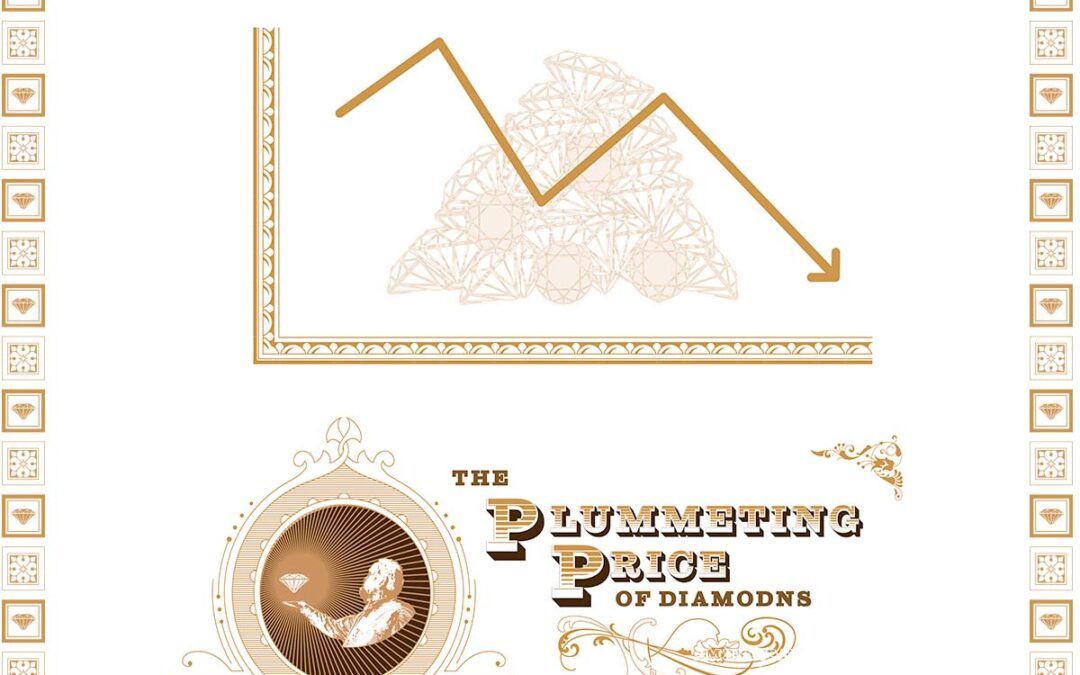
The diamond market is undergoing a significant transformation, with the price of natural diamonds...
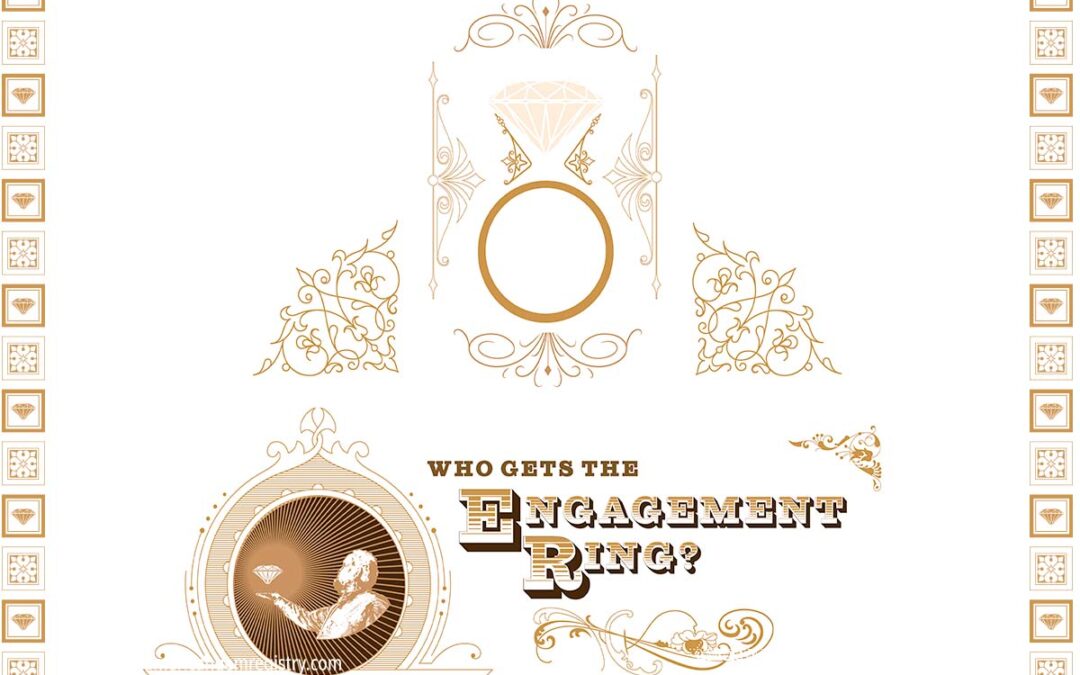
The question of who keeps the engagement ring in the event of a broken engagement or divorce is...
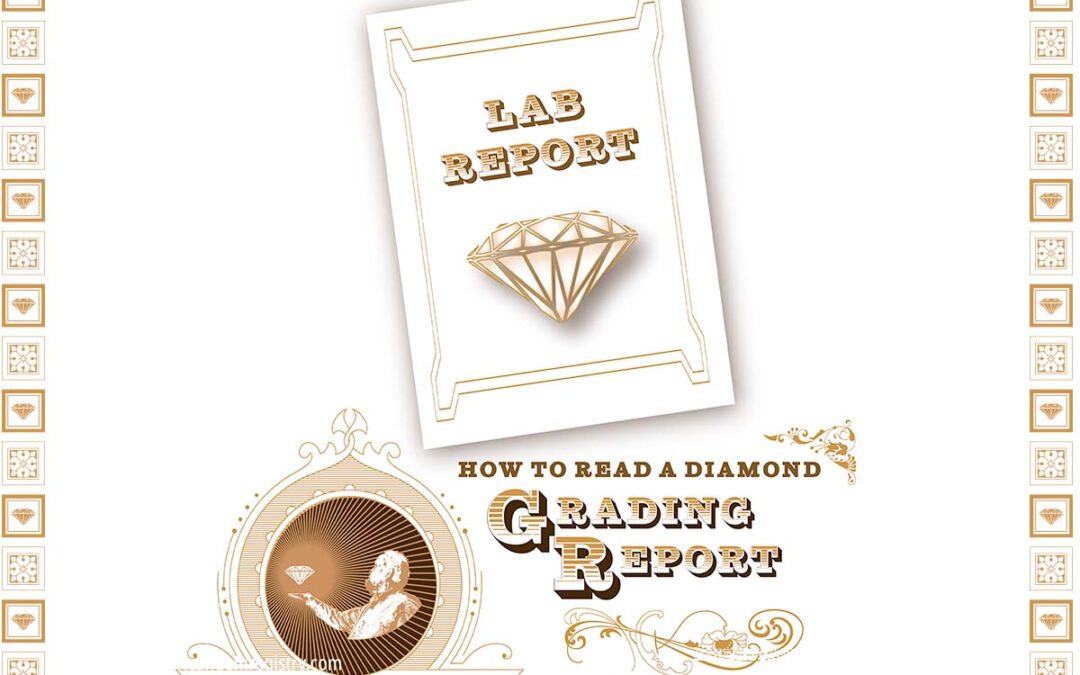
Diamond and gemstone grading reports, or certificates, have become standard faire in the jewelry...
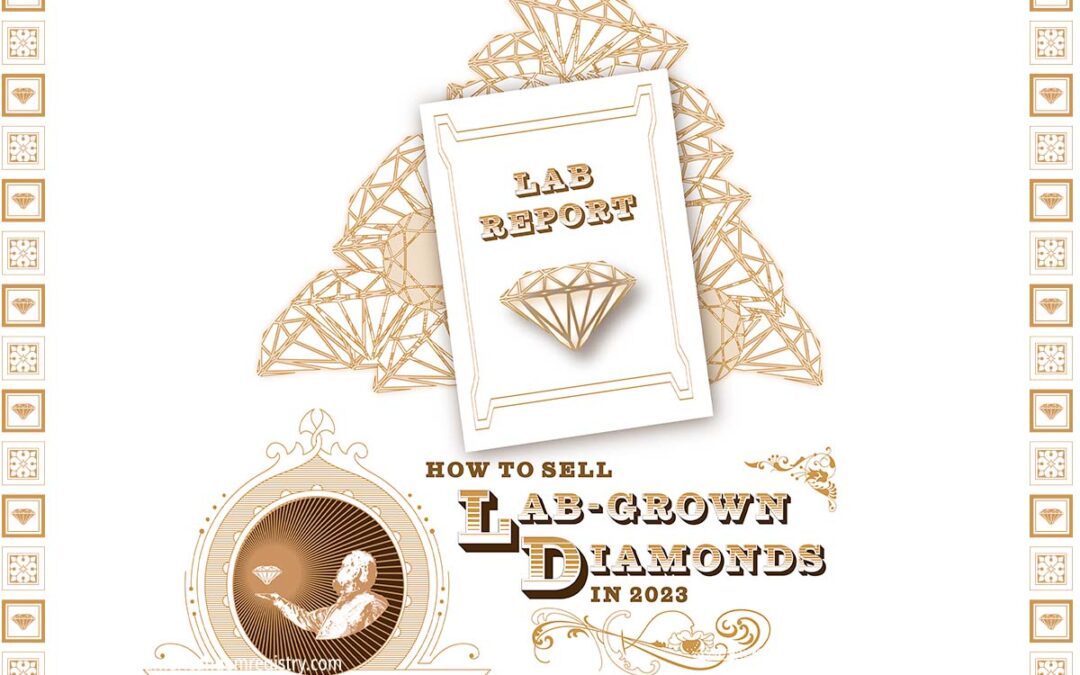
If you’ve never tried, selling diamonds is tricky business (especially now), and selling lab-grown...
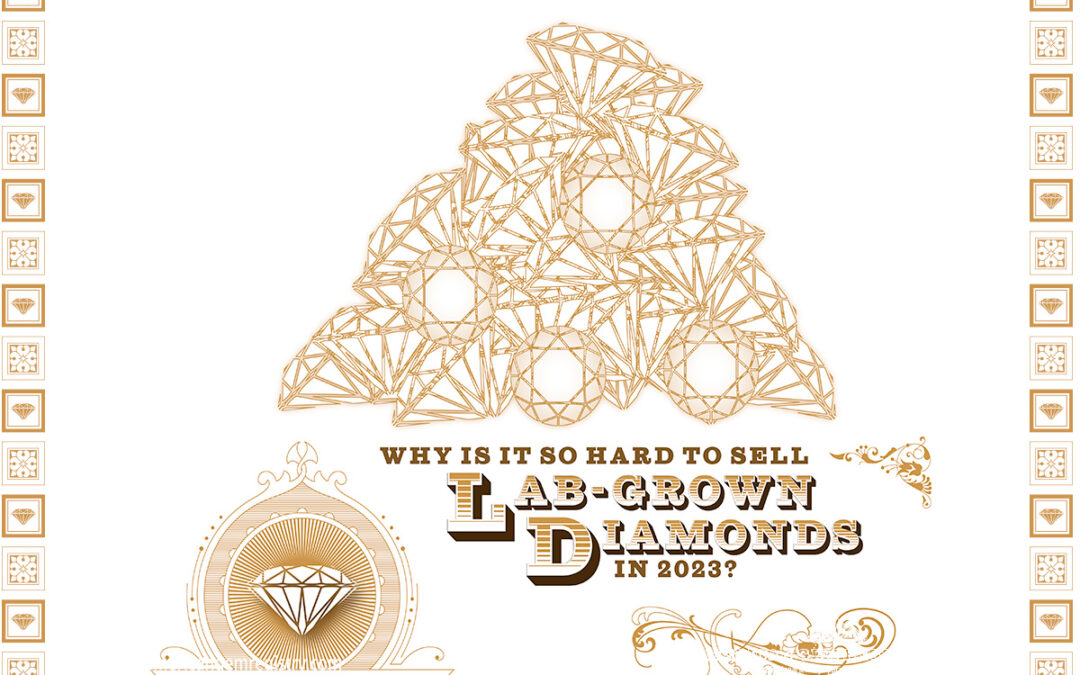
Have you noticed that it’s getting harder and harder to sell lab grown diamonds? This is a tale...
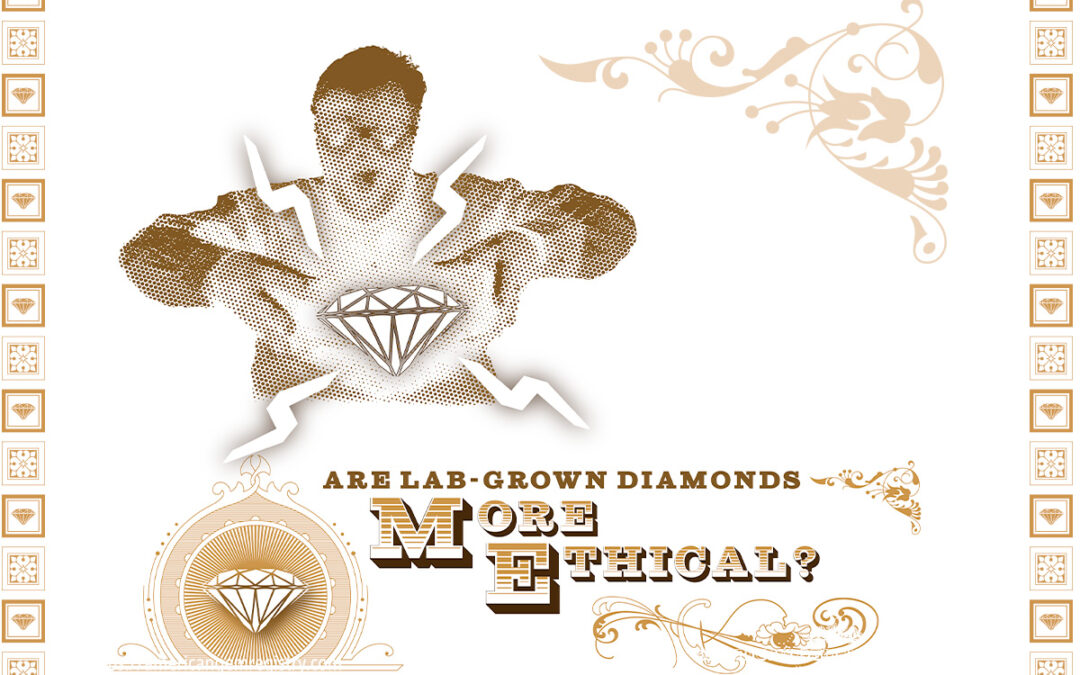
A funny thing has happened in the diamond business in the last 10 years or so. Man made, or lab...
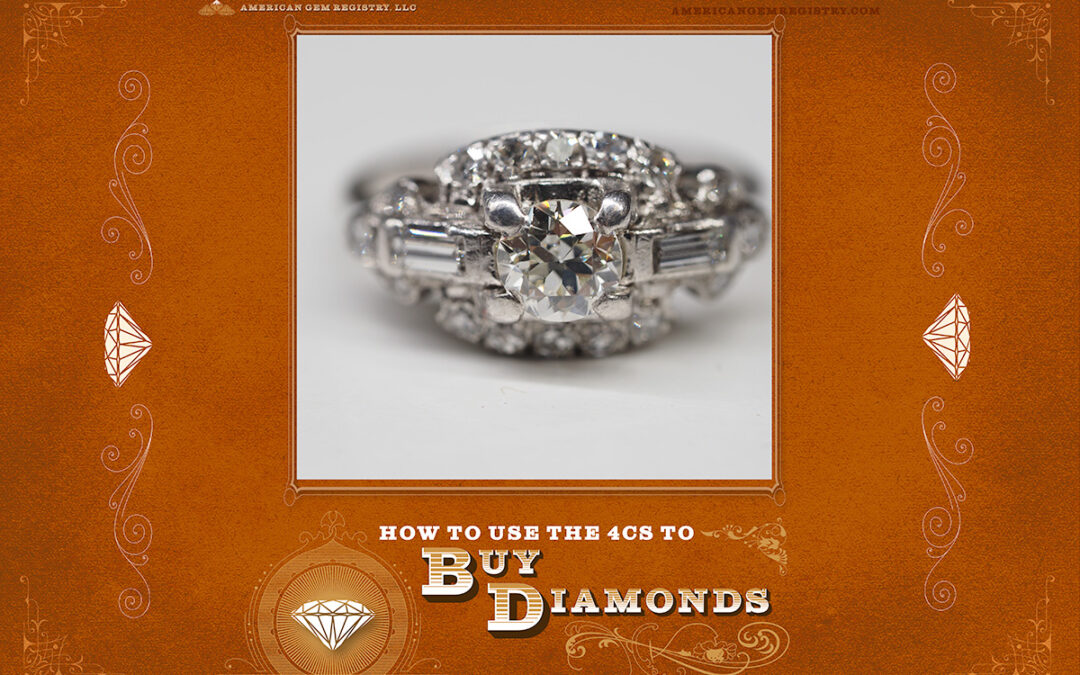
Nearly everyone who is shopping for a diamond is familiar with the 4C’s: clarity, color, cut, and...
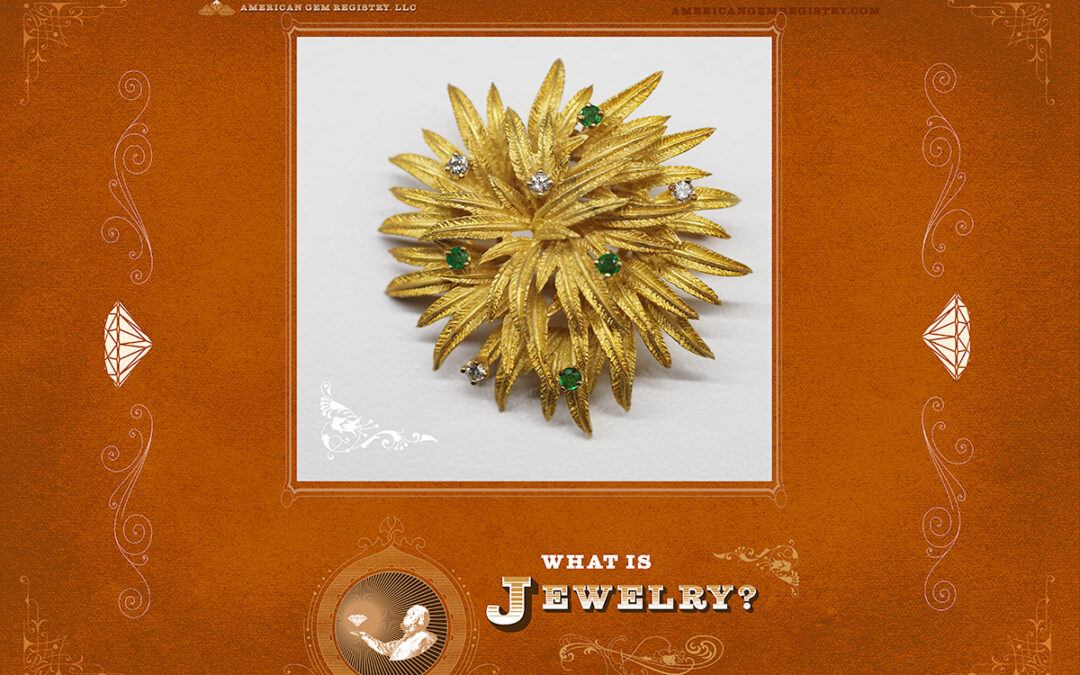
Jew·el·ry /ˈjo͞o(ə)lrē/ noun personal ornaments, such as necklaces, rings, or bracelets, that are...
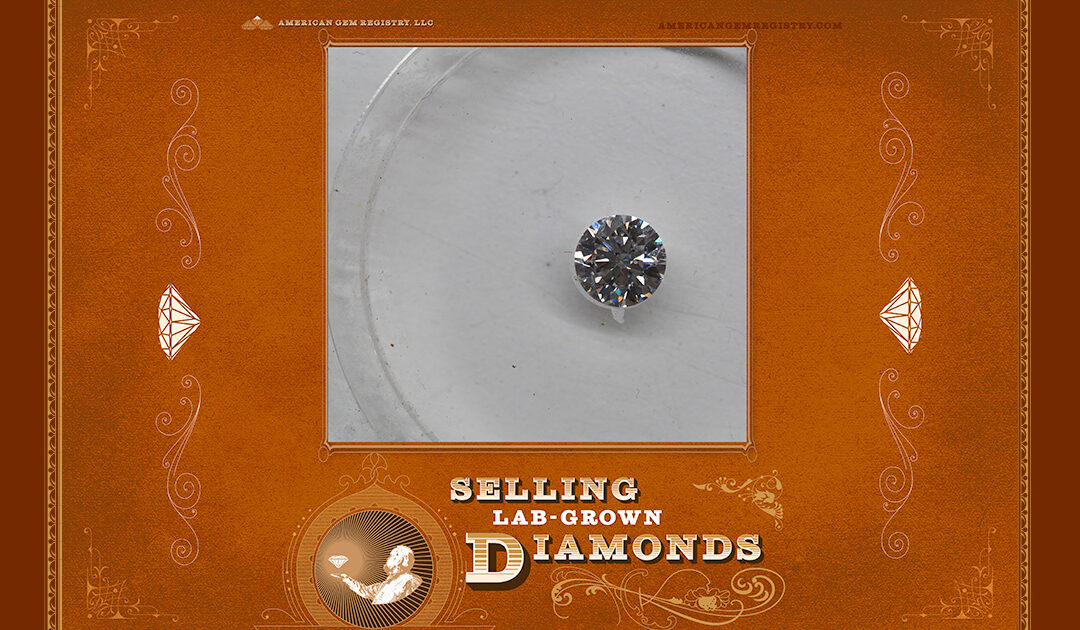
One of the popular discussion pieces of the discourse about lab-grown diamonds is that they "have...
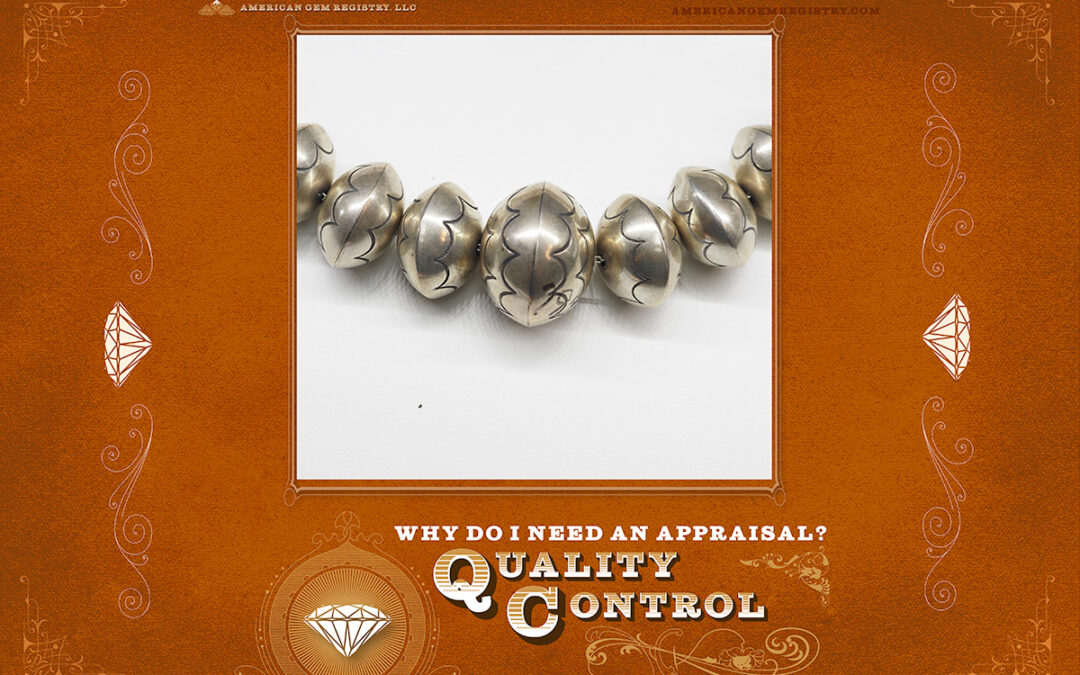
One of the key reasons to get an independent appraisal on a new item is quality control. ...
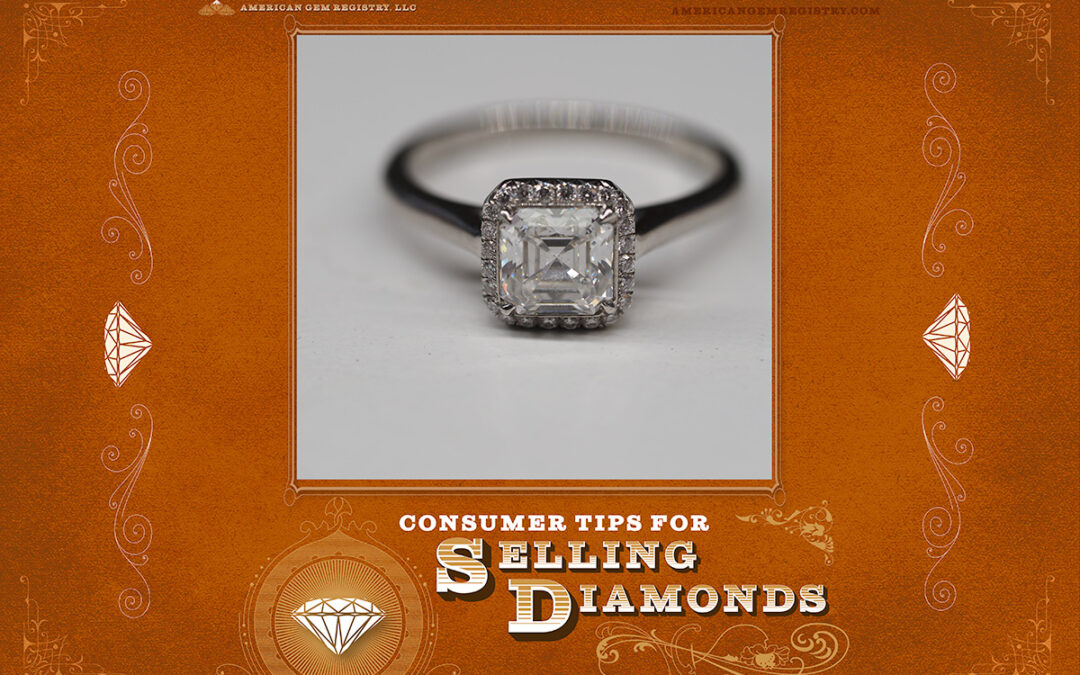
"A diamond is forever." Everyone has heard this slogan to advertise DeBeers’ diamonds, and it’s...
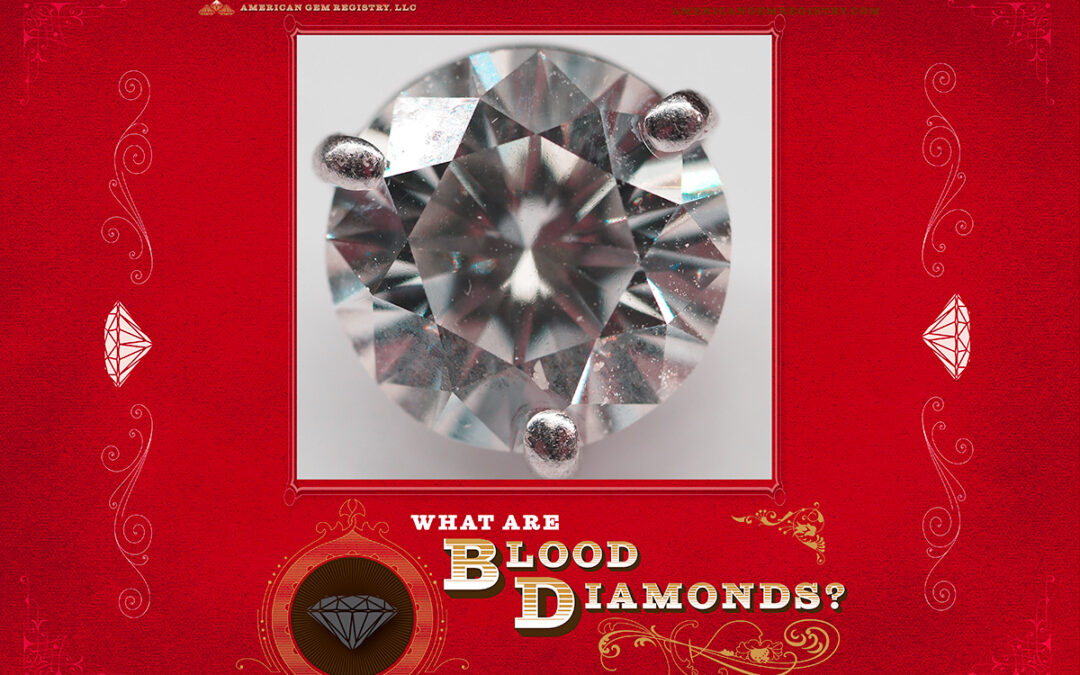
The exploitation of people in poor countries by gangs, rebels and even corrupt legitimate...
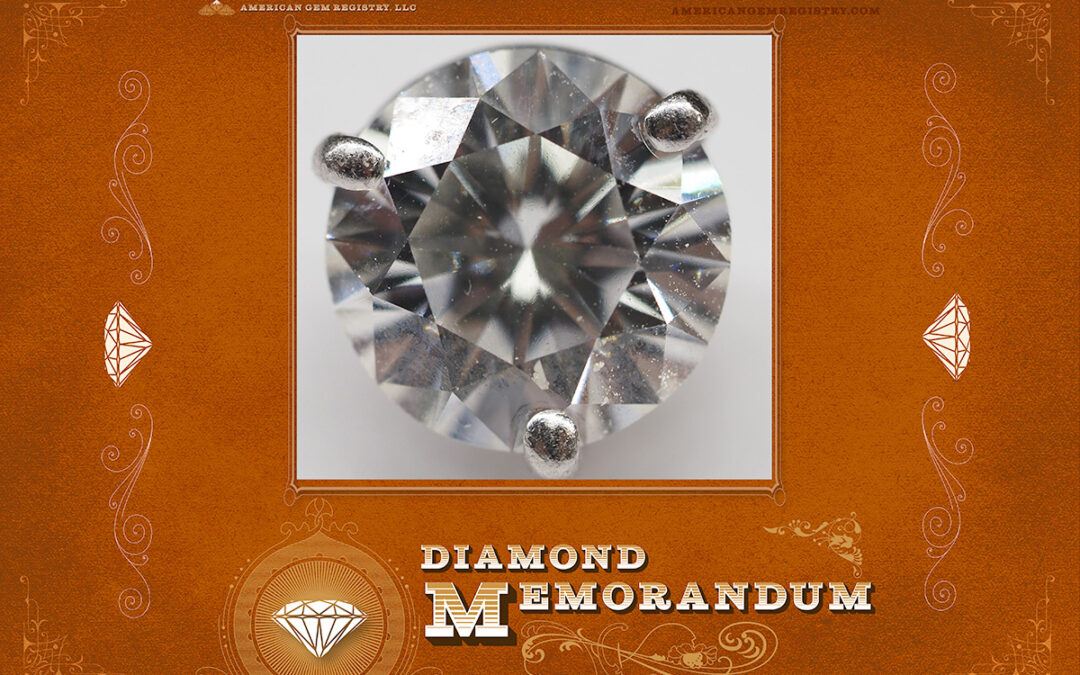
If you've been shopping for a diamond using one of the big Internet databases, you may have...
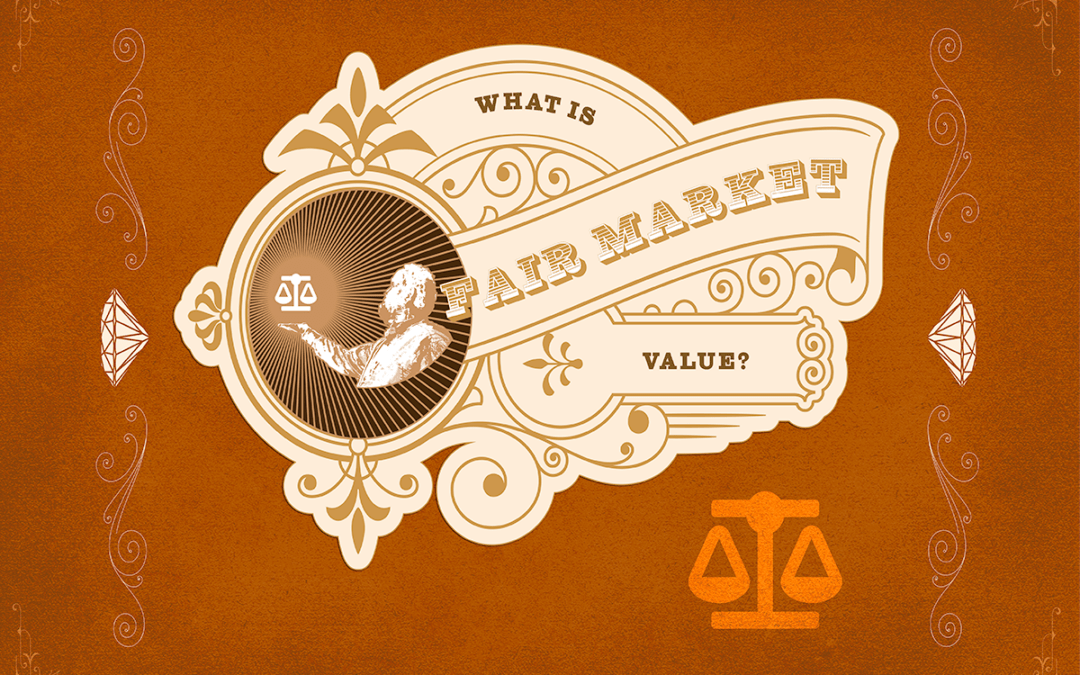
Any statement of value must contain the elements of what something is worth, to whom, when and...

I try to avoid using the term "appraised value" entirely because it causes so much confusion. The...
In this insightful article, Neil Beaty, a gemologist and...
The diamond market is undergoing a significant transformation, with the price of natural diamonds...
The question of who keeps the engagement ring in the event of a broken engagement or divorce is...
Diamond and gemstone grading reports, or certificates, have become standard faire in the jewelry...
If you’ve never tried, selling diamonds is tricky business (especially now), and selling lab-grown...
Have you noticed that it’s getting harder and harder to sell lab grown diamonds? This is a tale...
A funny thing has happened in the diamond business in the last 10 years or so. Man made, or lab...
Nearly everyone who is shopping for a diamond is familiar with the 4C’s: clarity, color, cut, and...
Jew·el·ry /ˈjo͞o(ə)lrē/ noun personal ornaments, such as necklaces, rings, or bracelets, that are...
One of the popular discussion pieces of the discourse about lab-grown diamonds is that they "have...
One of the key reasons to get an independent appraisal on a new item is quality control. ...
"A diamond is forever." Everyone has heard this slogan to advertise DeBeers’ diamonds, and it’s...
The exploitation of people in poor countries by gangs, rebels and even corrupt legitimate...
If you've been shopping for a diamond using one of the big Internet databases, you may have...
Any statement of value must contain the elements of what something is worth, to whom, when and...
I try to avoid using the term "appraised value" entirely because it causes so much confusion. The...
Wow! That’s a lot of information. Are you looking for an appraisal for your gold, diamonds, or jewelry in the Denver area? The American Gem Registry is Colorado’s most experienced Independent Certified Gemologist Appraiser (ICGS), schedule an appointment today!